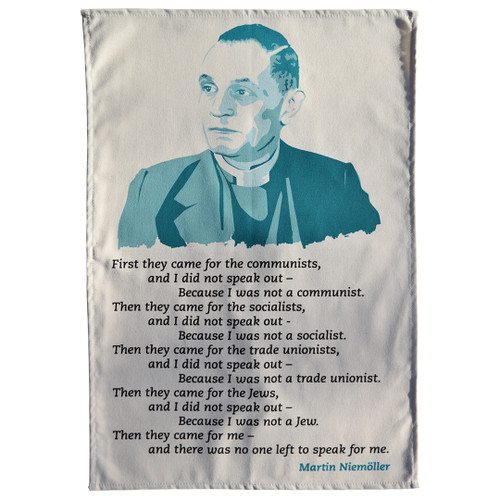Having received the Nobel Peace Prize in 1964 at just 35 years of age (making him the youngest recipient of the award at the time), it’s pretty safe to say that Martin Luther King Jr. knew what he was talking about when it came to peace. He spent his life advocating for peace and justice, becoming globally famous as the symbolic leader of the American civil rights movement after spearheading several nonviolent demonstrations in protest over racial segregation. In 1955, he led the Montgomery bus boycott over racial segregation in buses which lasted 382 days. It was a successful protest, with the Supreme Court declaring segregation laws on buses in 1956. During these days of boycott, King was arrested, his home was bombed, he was subjected to personal abuse – but that did not stop him. It was a successful protest, with the Supreme Court declaring segregation laws on buses in 1956.
In fact, nothing stopped him: despite being arrested more than twenty times and assaulted at least four times, King still travelled more than six million miles to give more than 2,500 speeches and take part in protests across the US between 1957 and 1968. In these years, he led a massive protest in Birmingham, Alabama, gaining worldwide attention, and directed a peaceful march on Washington, D.C. of 250,000 people, during which he delivered his historic ‘I Have a Dream’ address in which he called for an end to racism. He was awarded five honorary degrees; was named Man of the Year by Time magazine in 1963; and, upon receiving his Nobel Peace prize, he announced that he would turn over the prize money of $54,123 to the furtherance of the civil rights movement. Although King was assassinated in in Memphis, Tennessee in April 1968, his legacy as a global figure for equality and human rights lives on. Here’s our way of honoring that.








